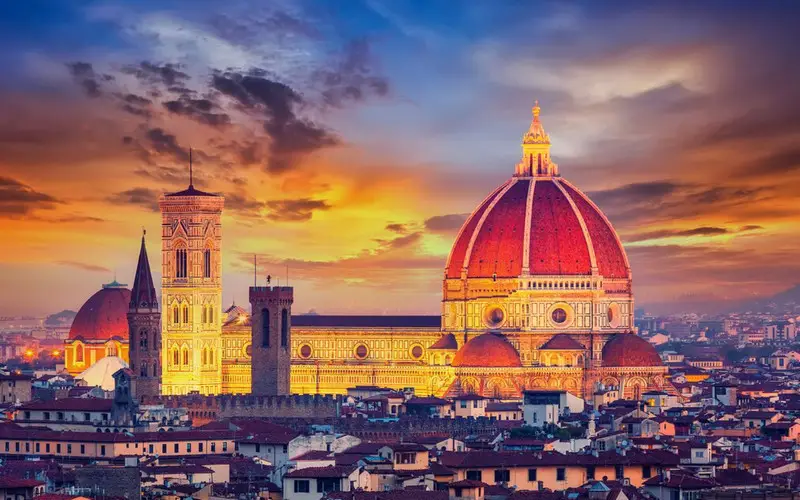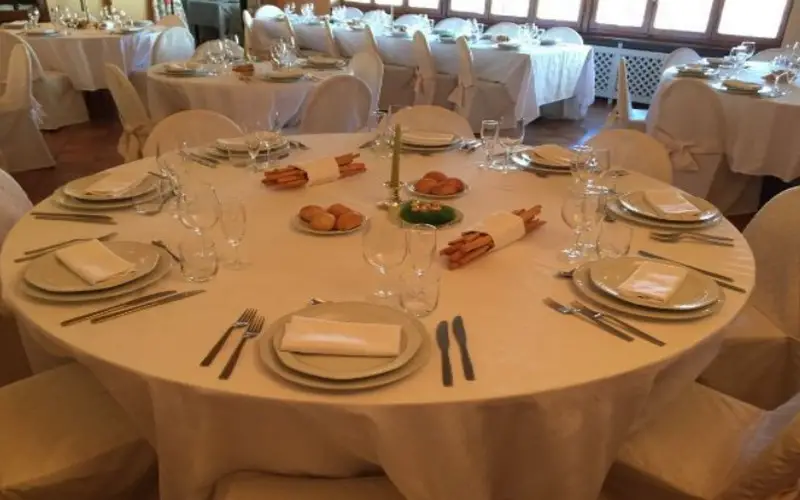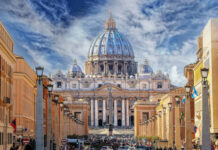Overlooking Free Attractions

Italy is home to a plethora of world-class attractions, and while some require admission fees, many offer free entry. Neglecting to explore the wealth of free sites, such as Rome’s Pantheon or Florence’s Ponte Vecchio, is a costly oversight. Plan your itinerary wisely, mix in free attractions, and allocate your budget for those that truly warrant a fee.
Dining in Tourist Hotspots

Dining in the heart of tourist hotspots often comes with inflated prices and mediocre quality. Avoid the expensive trap by venturing a bit further into local neighborhoods, where you’ll find authentic trattorias serving delicious Italian cuisine at more reasonable prices. Embrace the opportunity to explore off-the-beaten-path eateries for a genuine taste of Italy without the tourist tax.
Ignoring Water Costs

While sitting at a café in Italy, it’s common to be served a glass of water without requesting it. However, this seemingly complimentary gesture might end up on your bill. To avoid unexpected charges, make it clear whether you want still or sparkling water, or simply ask for tap water, which is usually free.
Paying for Bread and Cover Charges

Some restaurants in Italy charge for bread and cover fees, known as “pane e coperto.” While this practice is legal, it can catch visitors off guard. Before sitting down, ask if there are any additional charges, and if the fees seem excessive, consider dining elsewhere to avoid unnecessary expenses.
Tipping Excessively

Tipping in Italy is not as customary as it is in some other countries, and service charges are often included in the bill. While rounding up or leaving a small tip is appreciated, tipping excessively can strain your budget. Check the receipt for service charges, and if it’s already included, there’s no obligation to leave an additional tip.
Disregarding Public Transportation

Italy’s efficient and affordable public transportation system is a budget traveler’s best friend. Opting for taxis or rental cars for every journey can quickly add up. Embrace trains, buses, and trams to explore cities and regions economically. Additionally, walking is a fantastic way to soak in the local ambiance without spending a dime.





















